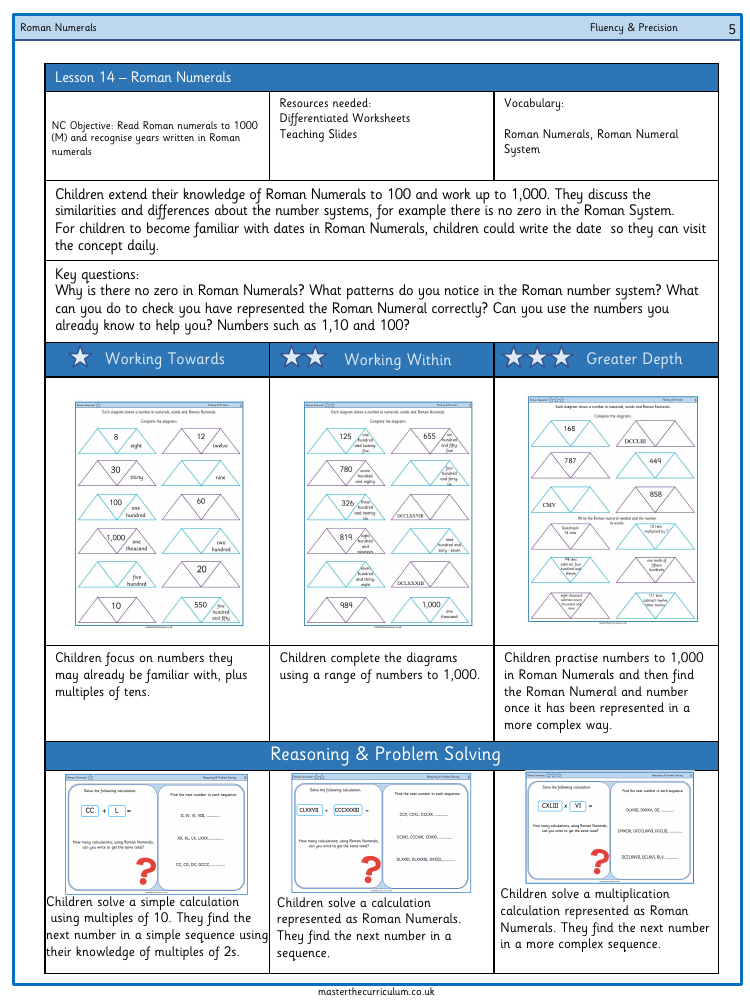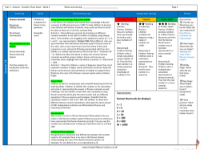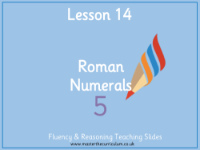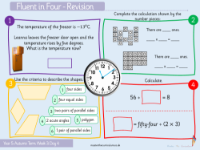Place value - Roman numerals - Worksheet

Maths Resource Description
The worksheet titled "Roman Numerals 5" is designed to enhance students' understanding of the Roman numeral system, with a particular focus on reading and recognising Roman numerals up to 1000 (M). This lesson aligns with the National Curriculum objective of recognising Roman numerals, especially within historical contexts such as years. To facilitate learning, differentiated worksheets and teaching slides are provided as resources. The key vocabulary for the lesson includes terms such as Roman Numerals and Roman Numeral System. Students explore the peculiarities of the Roman numeral system, such as the absence of a symbol for zero and patterns within the system. They apply their knowledge by filling in diagrams that represent numbers in numerals, words, and Roman numerals, with exercises ranging from simple numbers like 8 (VIII) and 30 (XXX) to more complex numbers like 1000 (M) and 550 (DL).
Further activities challenge students to solve calculations and sequences using Roman numerals, enhancing their fluency and precision. For example, they may be asked to find the sum of CC (200) and L (50), which equals CCCL (350), or to continue a sequence such as II, IV, VI, VIII, and so on. The worksheet also introduces reasoning and problem-solving tasks, where students might have to multiply CXLIII (143) by VI (6) to find DCCCLVIII (858), or figure out the next number in a sequence like DLXVIII, DXXXV, DII. These exercises are aimed at deepening students' comprehension of Roman numerals, encouraging them to think critically about the system and its application in various mathematical contexts.



